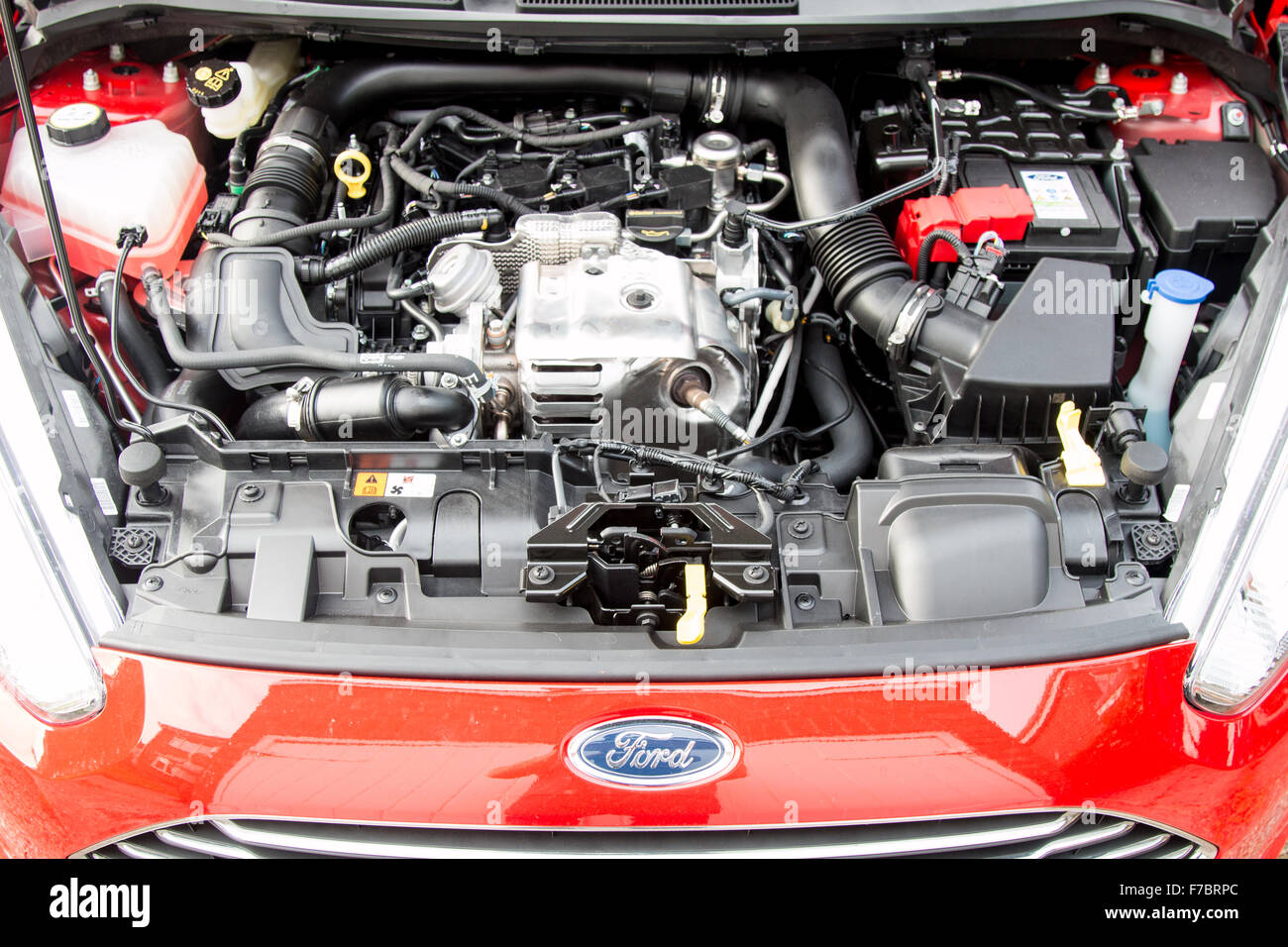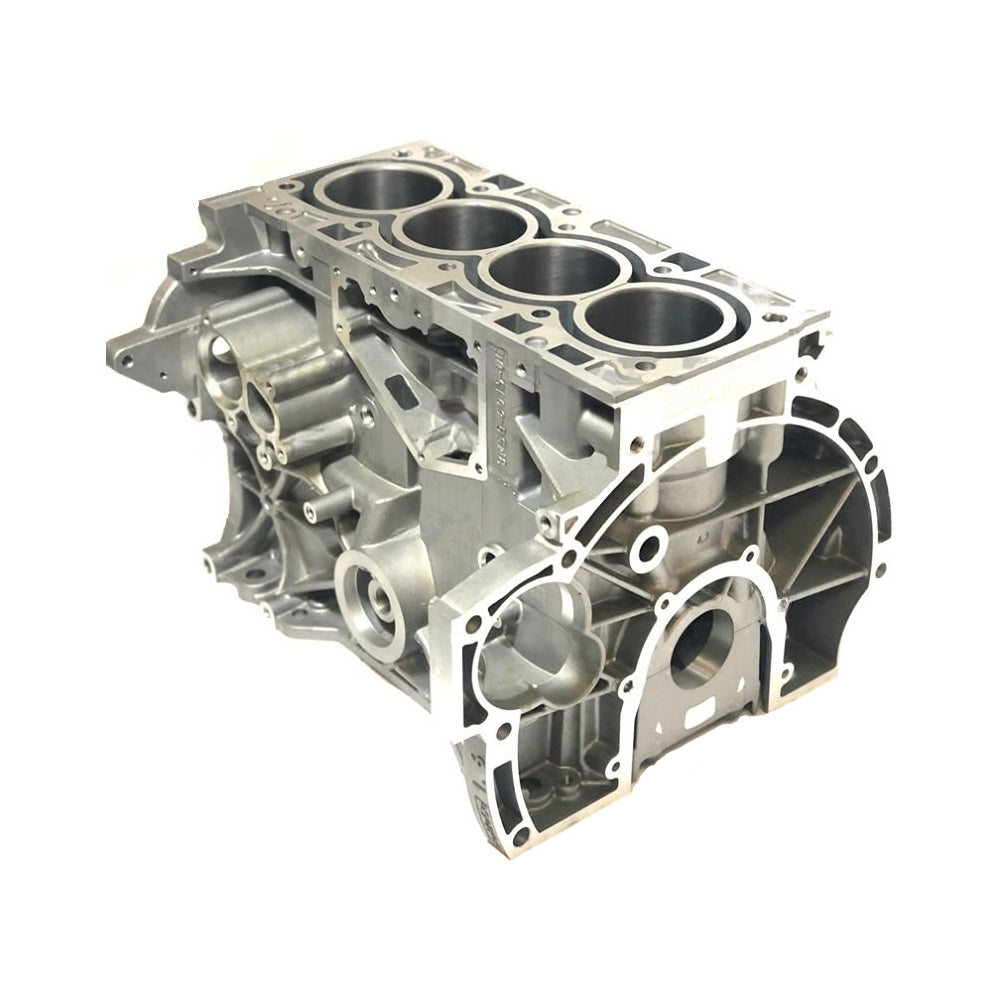What to Look for When Buying a Used Ford Fiesta Engine
What to Look for When Buying a Used Ford Fiesta Engine
Blog Article
Opening the Power of Engines: A Comprehensive Overview to Performance and Performance
Recognizing the intricate mechanics of engines is crucial for both performance fanatics and daily motorists. By analyzing vital metrics such as horse power and torque, one can value just how tuning strategies enhance efficiency while addressing ecological concerns. Additionally, regular maintenance plays a pivotal duty in sustaining optimal performance gradually. As the auto landscape shifts towards electrification and progressed modern technologies, the inquiry occurs: how can we efficiently adapt to these modifications while making the most of engine capacities? The responses might redefine our strategy to engine efficiency and effectiveness in means that are both informing and important.
Understanding Engine Basics
What constitutes the essential mechanics of an engine? At its core, an engine is an equipment designed to convert gas into mechanical energy with a series of controlled explosions or combustion procedures. The main parts include the cyndrical tube, piston, crankshaft, camshaft, and shutoffs. The cylinder offers as the chamber where burning occurs, while the piston moves within the cylinder to convert the power from combustion into linear activity (ford fiesta engine).
The crankshaft then transforms this linear motion into rotational energy, which inevitably powers the vehicle. The camshaft regulates the opening and closing of the shutoffs, managing the intake of air and fuel and the expulsion of exhaust gases. Furthermore, the engine depends on a very carefully calibrated fuel-air combination, ignition system, and cooling system to make sure optimal performance and performance.
Comprehending engine fundamentals likewise involves recognizing the relevance of engine cycles, such as the four-stroke cycle, which consists of consumption, power, exhaust, and compression strokes. Each phase is essential in making certain the engine works efficiently and efficiently. Proficiency of these basic auto mechanics prepares for discovering extra complex engine dynamics and performance metrics, crucial for optimizing both power result and effectiveness.
Secret Performance Metrics
Trick efficiency metrics are important for reviewing an engine's efficiency and power outcome, supplying useful insights for both consumers and suppliers. These metrics work as criteria for engine efficiency, enabling notified decisions in production, design, and investing in.
One of the main metrics is horsepower, which evaluates the engine's capability to perform job over time. Torque, measured in pound-feet, is another important metric that suggests the engine's rotational pressure, straight influencing acceleration and pulling ability. Gas effectiveness, generally gauged in miles per gallon (MPG) or litres per 100 kilometers (L/100km), analyzes how properly the engine converts gas right into activity, affecting functional costs and environmental factors to consider.
In addition, thermal performance measures just how well an engine converts gas energy into beneficial job, exposing understandings right into energy losses primarily through heat. Exhaust levels, including CO2 and NOx, are also vital, reflecting the engine's ecological effect and compliance with regulative criteria.

Tuning Methods for Efficiency
Tuning methods play a significant role in enhancing engine efficiency by optimizing performance metrics identified in earlier discussions (ford fiesta engine). Numerous methods exist to make improvements an engine, each adding to enhanced fuel economy and reduced exhausts
One reliable strategy is changing the air-fuel proportion, ensuring the engine runs within the ideal combustion regime. A leaner mix can enhance fuel effectiveness, yet it has to be balanced to avoid misfires or engine knock. In addition, reprogramming the engine administration system can recalibrate criteria such as ignition timing, which better enhances performance while maintaining power outcome.
An additional vital approach includes modifying the consumption and exhaust systems. Updating to high-performance air filters and exhaust headers can lower back pressure, assisting in far better air flow. This enables the engine to take a breath even more easily, resulting in improved combustion effectiveness.
In addition, the execution of innovative adjusting devices, like dyno screening, provides specific information that enables targeted adjustments. Frequently checking these efficiency metrics makes certain that adjusting initiatives yield the desired efficiency results. Collectively, these methods not only strengthen engine performance yet also contribute to long-lasting sustainability in engine operations.
Maintenance for Ideal Performance
Routine engine maintenance is important for achieving optimum efficiency and durability. A well-maintained engine not only runs effectively but likewise lessens the danger of expensive repair work and breakdowns. Trick elements requiring normal focus consist of oil, filters, belts, and ignition system.
Transforming the engine oil at recommended periods is vital, as oil lubes relocating components and stops overheating. Changing oil and air filters makes certain that contaminants do not hinder engine function. Disregarding these components can cause minimized performance and possible engine damages.
Additionally, inspecting and replacing used belts and hoses is essential to prevent sudden failings. Timing belts, particularly, ought to be changed according to the supplier's routine to avoid disastrous engine damage.
Ignition system need to additionally be inspected and changed as essential, because they play an important duty in ignition and gas performance.
Future Patterns in Engine Technology
Welcoming developments in innovation, the future of engine style is poised to transform performance and performance throughout different applications. Among the most considerable trends is the change towards electrification. Hybrid and totally electric powertrains are coming to be increasingly conventional, supplying minimized her explanation emissions and enhanced gas effectiveness. This change is not merely a pattern yet a requirement driven by governing stress and customer need for lasting options.
Moreover, innovations in products science are causing lighter, more powerful elements that boost engine efficiency while lowering power usage. Advanced production techniques, such as 3D printing, permit the development of intricate geometries that boost air flow and thermal administration, thus optimizing burning procedures.
Additionally, the integration of artificial intelligence and device knowing is set to change engine diagnostics and performance tuning. These modern technologies can examine large quantities of data in actual time, making it possible for predictive maintenance and tailored performance improvements.
Conclusion
Finally, unlocking the power of engines requires a complete understanding of their technicians and performance metrics. Implementing efficient adjusting techniques and adhering to regular upkeep methods substantially boost engine capabilities. As the vehicle landscape evolves, accepting future fads in innovation, including electrification and progressed manufacturing, will certainly be crucial for maximizing performance and efficiency. This extensive approach not just advantages enthusiasts yet likewise adds to lasting options in the realm of automobile engineering.
Furthermore, the engine depends on a meticulously adjusted fuel-air blend, ignition system, and cooling down system to ensure optimal efficiency and efficiency.
Recognizing engine fundamentals additionally includes identifying the relevance of engine cycles, such as the four-stroke cycle, which includes consumption, exhaust, compression, and power strokes. Proficiency of these basic mechanics lays the groundwork for discovering much more complicated engine dynamics and efficiency metrics, vital for optimizing both power result and effectiveness.

Accepting improvements in innovation, the future of pop over to this site engine design is poised to reinvent efficiency and effectiveness across different applications.
Report this page